In the modern era of technology, software occupies a significant position in the functioning of both businesses and individuals. Nevertheless, utilizing software carries specific obligations, especially regarding the licensing of computer software.
It is imperative to grasp the complexities surrounding software licenses, their compliance prerequisites, and the potential for optimization. By prioritizing adherence to regulations and optimizing software licenses, organizations can steer clear of penalties, minimize inefficient expenditures, and extract the utmost economic benefit from their software investments.
What Is Software License Compliance?
Software license compliance is vital for organizations to avoid unnecessary legal consequences and heavy financial penalties. In many cases, non-compliance can result in audits, unexpected costs, and even legal actions. To protect themselves against these risks and in order to maintain a positive relationship with software developers and owners, businesses choose to adhere to licensing agreements.
To comprehend software licenses fully, it is crucial to grasp the concept of intellectual property rights. Intellectual property encompasses intangible assets such as patents, trademarks, copyrights, and trade secrets. These rights grant legal ownership and intellectual property protection over creations, inventions, and proprietary information.
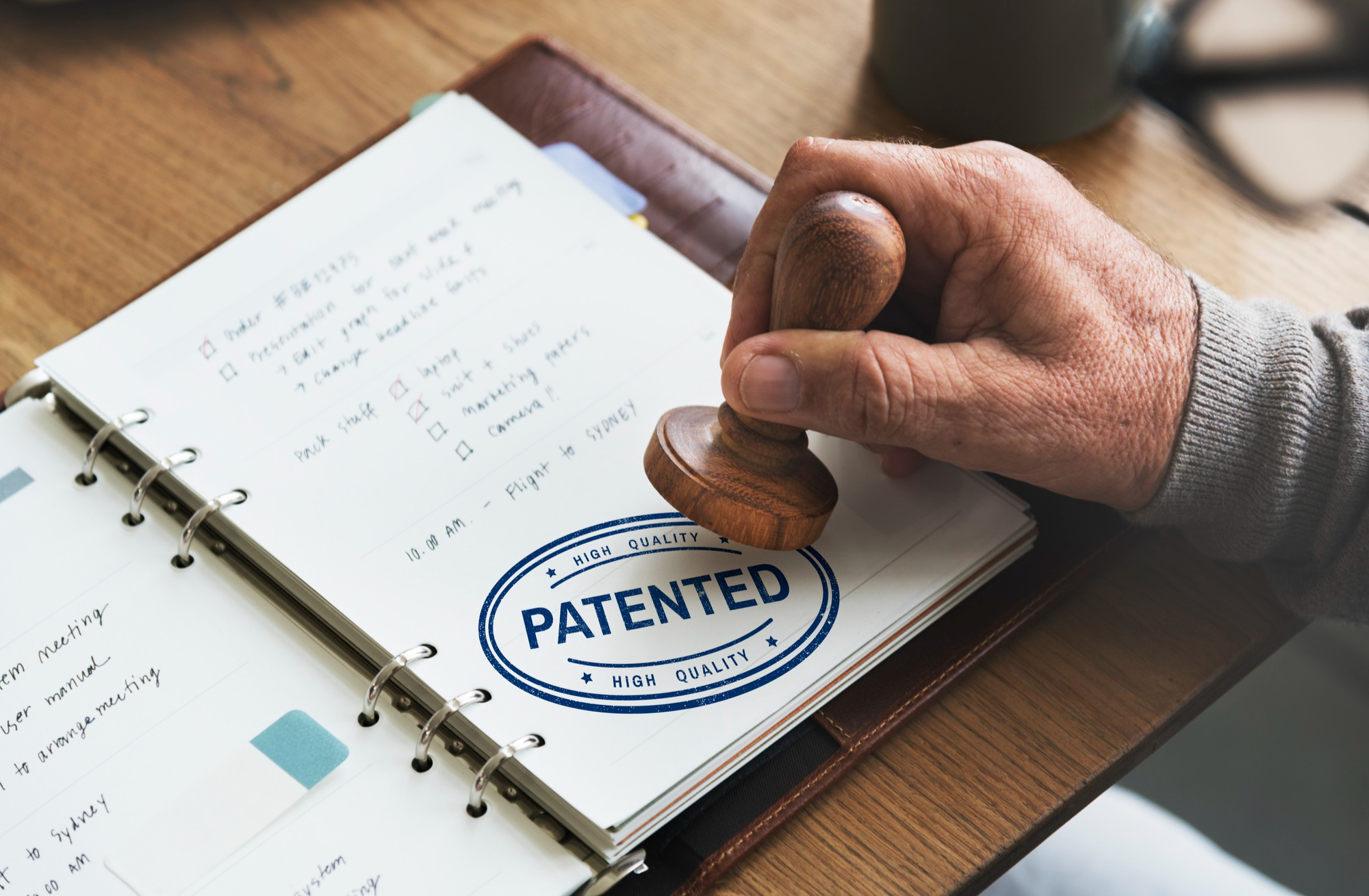
A computer software license is a legal agreement between the software developer or vendor and the user. It outlines the rights, responsibilities, and restrictions associated with the use of the software. Licenses serve multiple purposes, including defining how the software can be used, protecting intellectual property rights, and establishing user obligations.
Overview of Intellectual Property Law
Intellectual property law refers to the legal framework that governs the rights and protections granted to individuals or entities for their creations or inventions. It encompasses various forms of intangible and intellectual property, including inventions, literary and artistic works, symbols, designs, names, and images used in commerce.
Please keep in mind that the primary purpose of intellectual property law is to encourage innovation and creativity by providing creators and inventors with exclusive rights to their creations, also ensuring a healthy competitive advantage for developers, thereby incentivizing them to share their ideas with society.
Key Types of Intellectual Property Law:
Patent law: Patents are the most common ways to protect intellectual property such as inventions and grant inventors exclusive rights to prevent others from making, using, or selling their inventions for a limited period. Patents provide legal protection for new and useful processes, machines, compositions of matter, or improvements thereof.
Copyright law: Copyrights are another way of providing intellectual property that has economic value with protection. They protect original works of authorship, including literary, artistic, musical, and dramatic works. They grant creators exclusive rights to reproduce, distribute, perform, display, and modify their works. Copyright protection arises automatically upon the creation of the work and lasts for a specific period, typically the life of the creator plus a certain number of years.
Trademark law: Trademark law protects distinctive intellectual property cases such as signs, symbols, names, logos, or slogans used to distinguish goods or services in the marketplace. They help consumers identify and distinguish the source of goods or services. Trademark rights can be obtained through registration or through actual use in commerce.
Trade Secrets: Trade secrets refer to confidential and valuable business information, which can loosely be categorized as intellectual property, such as formulas, manufacturing processes, customer lists, or marketing strategies. Unlike patents, copyrights, and trademarks, trade secrets are protected without registration and rely on maintaining secrecy. Owners must take reasonable measures to keep the information confidential.
Industrial Designs: Industrial designs offer intellectual property protection in artistic spheres. They protect the aesthetic and ornamental aspects of a product’s visual appearance. They cover features such as shape, pattern, color, or texture that give a product a unique visual appeal. Industrial design protection prevents unauthorized copying or imitation of the design.
Geographical Indications: Geographical indications (GIs) identify products as originating from a specific geographic region and possess qualities, characteristics, or reputation associated with that origin. GIs offer intellectual property protection against unauthorized use of the geographical indication and help maintain the quality and reputation of products associated with a particular region.

How Software Licenses Work
To navigate software licenses effectively, it is essential to understand how they function and the key elements they contain.
Rights and responsibilities: Software licenses outline the rights and responsibilities of both developers and users. Developers have ownership of the software and grant users specific permissions to use it within the agreed-upon terms. Users, in turn, must adhere to those terms and respect the intellectual property rights associated with the software.
Specifications included in a license: A software usage agreement (license) typically must include details and specifications regarding usage restrictions, permitted number of installations, duration of use, and any limitations on modifications or distribution. These specifications ensure that users understand the boundaries within which they can operate.
Types of software licenses: Software licenses can be categorized into three main types: proprietary, free, and open source. Proprietary licenses grant exclusive rights to the developer, while free and open-source licenses provide varying degrees of freedom and allow users to access and modify the source code.
End-user license agreements and enterprise license agreements: End-user license agreements (EULAs) govern individual users’ rights and obligations. Enterprise license agreements (ELAs) are tailored for organizations and usually cover multiple users or installations within a company. Understanding the differences between these agreements is crucial for compliance.
License keys and activation: Software licenses often require license keys or activation to verify the authenticity of the software and ensure compliance. These mechanisms help prevent unauthorized use and enable developers to monitor and enforce license terms.
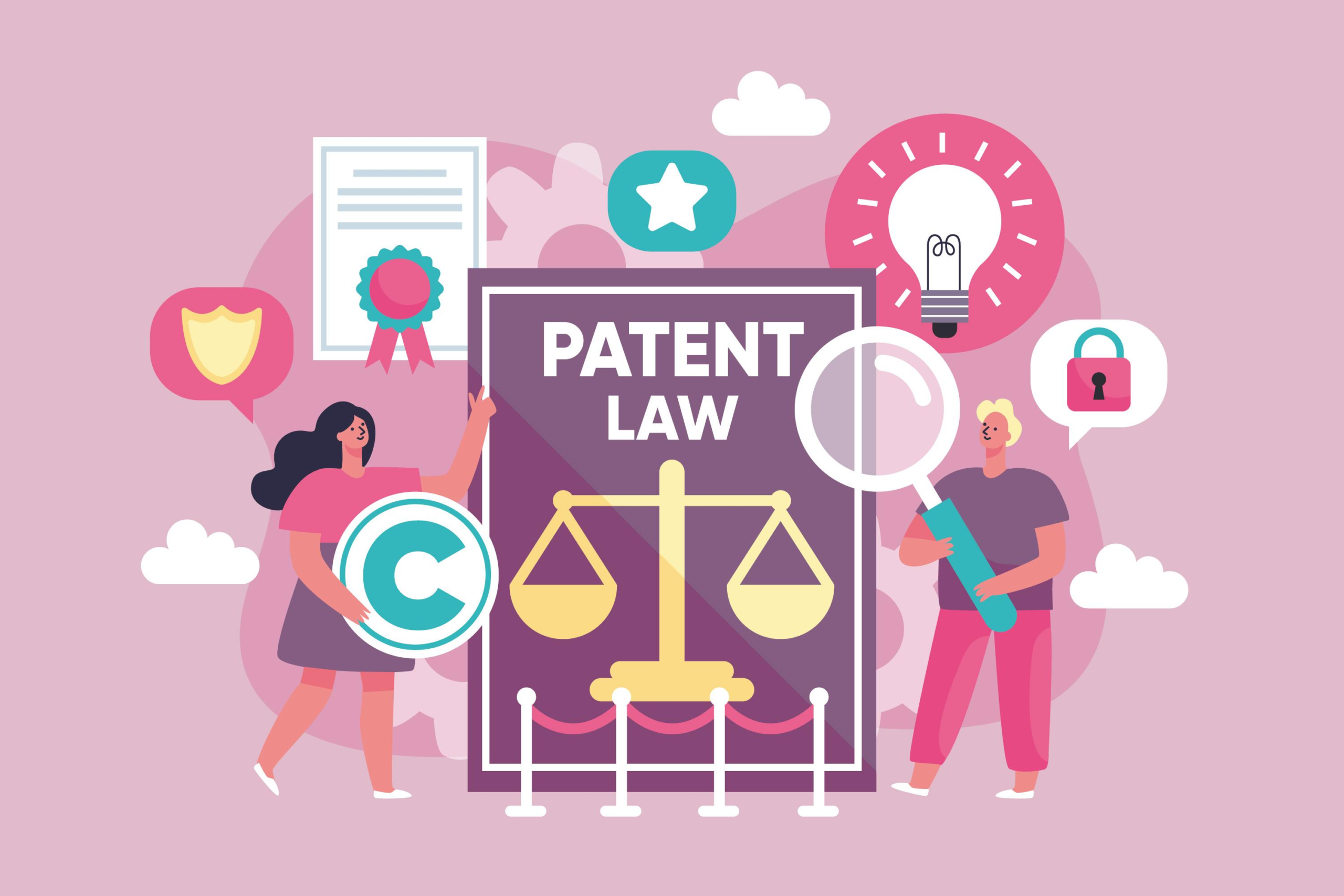
Best Practices for Software License Compliance
To navigate the complex landscape of software license compliance effectively, organizations should adopt the following best practices.
Understand Contract Terms and Penalties: Familiarizing yourself with the terms of licensing agreements is paramount. By doing so, you can avoid unknowingly violating the terms and facing audits, unplanned costs, or legal actions. As a result, you should learn about intellectual property rights, including patents, trademark law protection, copyright law, and trade secrets.
Implement Software Asset Management Applications to Monitor Compliance: Software asset management (SAM) applications are powerful tools for monitoring license compliance. They help organizations track software installations, usage, and license renewals, ensuring that licenses are utilized within the agreed terms. SAM tools also assist in protecting intellectual property rights through the registration of trademarks and copyrights.
Keep Accurate and Detailed Records: Maintaining accurate and detailed records is essential for software license compliance. Thorough documentation of software purchases, licenses, installations, and usage helps organizations demonstrate compliance during audits. Furthermore, it allows for better optimization of existing licenses and identification of potential compliance issues.
Optimize Your Software Licenses: Rather than purchasing additional licenses, optimizing existing licenses can lead to significant cost savings. Utilizing tools for tracking and releasing idle licenses helps organizations identify unused software and reallocate licenses where needed. By doing so, they can reduce costs while still maintaining compliance. Additionally, optimizing licenses also safeguard trade secrets, which are valuable forms of intellectual property.
Have Knowledge of Software Audits: Understanding the purpose and process of software audits is crucial for compliance. Regular audits serve as compliance checks and allow organizations to identify and rectify any potential license violations. Intellectual property lawyers play a significant role in enforcing intellectual property rights during these audits.
Conduct Internal Software License Compliance Audits: Conducting regular internal compliance audits is a valuable practice. These self-assessments help organizations identify and address any compliance issues proactively. Intellectual property lawyers possess the necessary skills for performing these audits and can help organizations maintain compliance. Becoming a patent law attorney requires meeting specific requirements and acquiring expertise in intellectual property law.
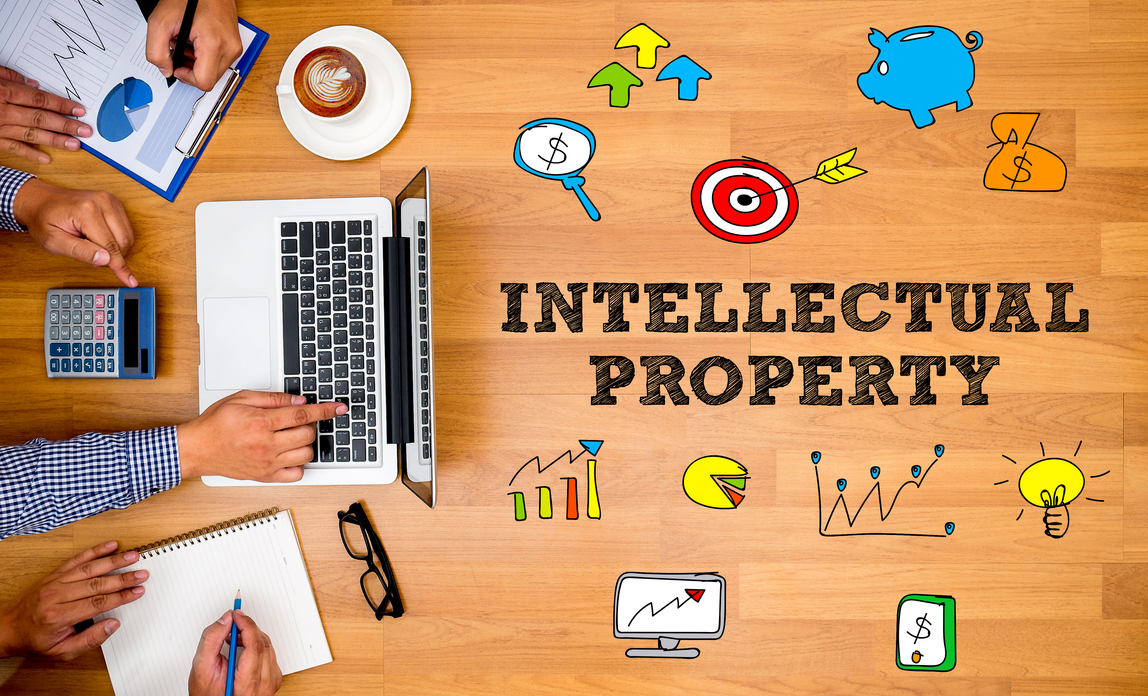
Types of Software Licenses
Software usage agreements or licenses come in various forms, each with its characteristics and restrictions.
Free and open source software (FOSS) licenses: FOSS licenses provide users with the freedom to access, modify, and distribute the software’s source code. These licenses promote collaboration and community-driven innovation.
Proprietary licenses: Proprietary licenses grant exclusive rights to the software’s developer. Users must adhere to specific usage terms and are usually restricted from accessing or modifying the source code.
A detailed list of software licenses: Software usage agreements (licenses) encompass a range of categories, including public domain licenses, Lesser General Public License (LGPL), permissive licenses, copyleft licenses, and proprietary licenses. Each license type imposes different levels of restrictions on code copying, modification, and distribution.
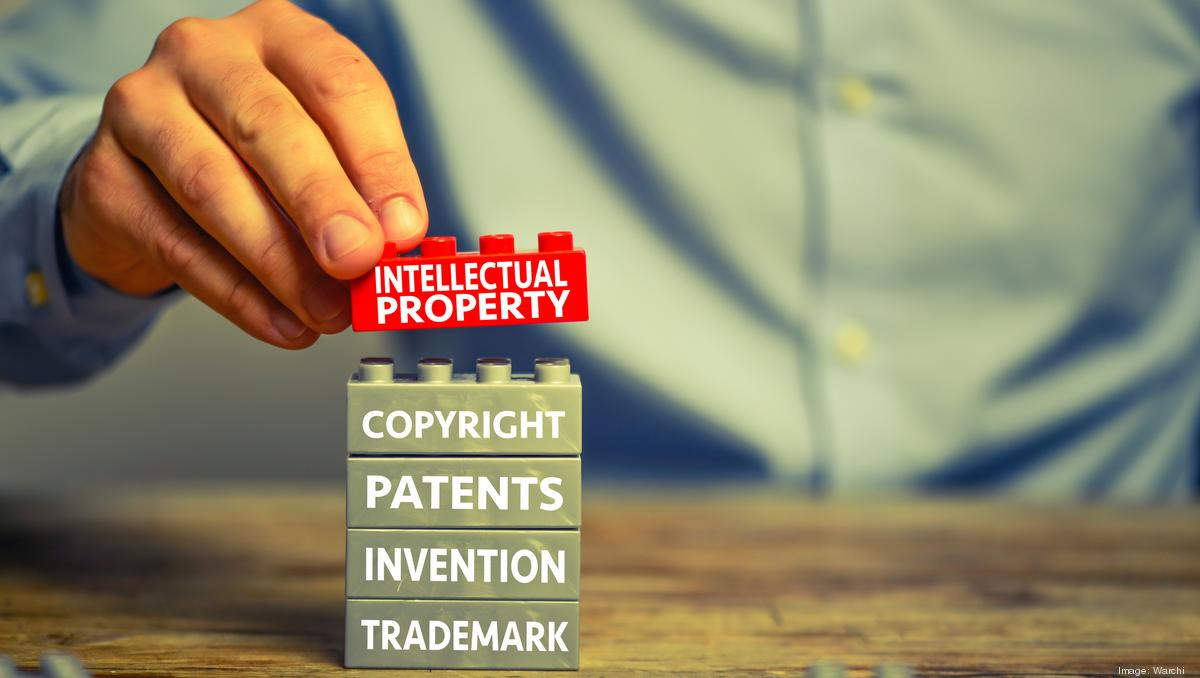
Benefits of Software Usage Agreements
Software usage agreements (licenses) offer several benefits for both developers and users.
Protection of developers’ intellectual property and trade secrets: Software usage agreements protect developers’ intellectual property rights, ensuring that their creations are not used or distributed without authorization. This protection safeguards their investments and encourages continued innovation.
Limitations on the use of software code by other parties: By defining the terms of use, licenses restrict unauthorized access to and utilization of software code. This helps prevent misuse, piracy, and patent infringement of intellectual property rights.
Limitation of liability for vendors: Software usage agreements often include limitations of liability for vendors. These clauses help protect vendors from legal consequences arising from the use or misuse of their software.
Definition of user rights and compliance with licenses: Software usage agreements provide clear definitions of user rights, helping users understand what they can and cannot do with the software. This clarity fosters compliance and avoids potential legal issues.
A positive relationship between users and developers/vendors: By using software agreements, developers and users establish a mutually beneficial relationship. Developers gain revenue from licensing their software, while users gain access to valuable tools and support.
Cost-effectiveness through clear license parameters: Software usage agreements define the terms of use and any associated costs. This transparency enables organizations to make informed decisions, optimize their software usage, and maximize cost-effectiveness.
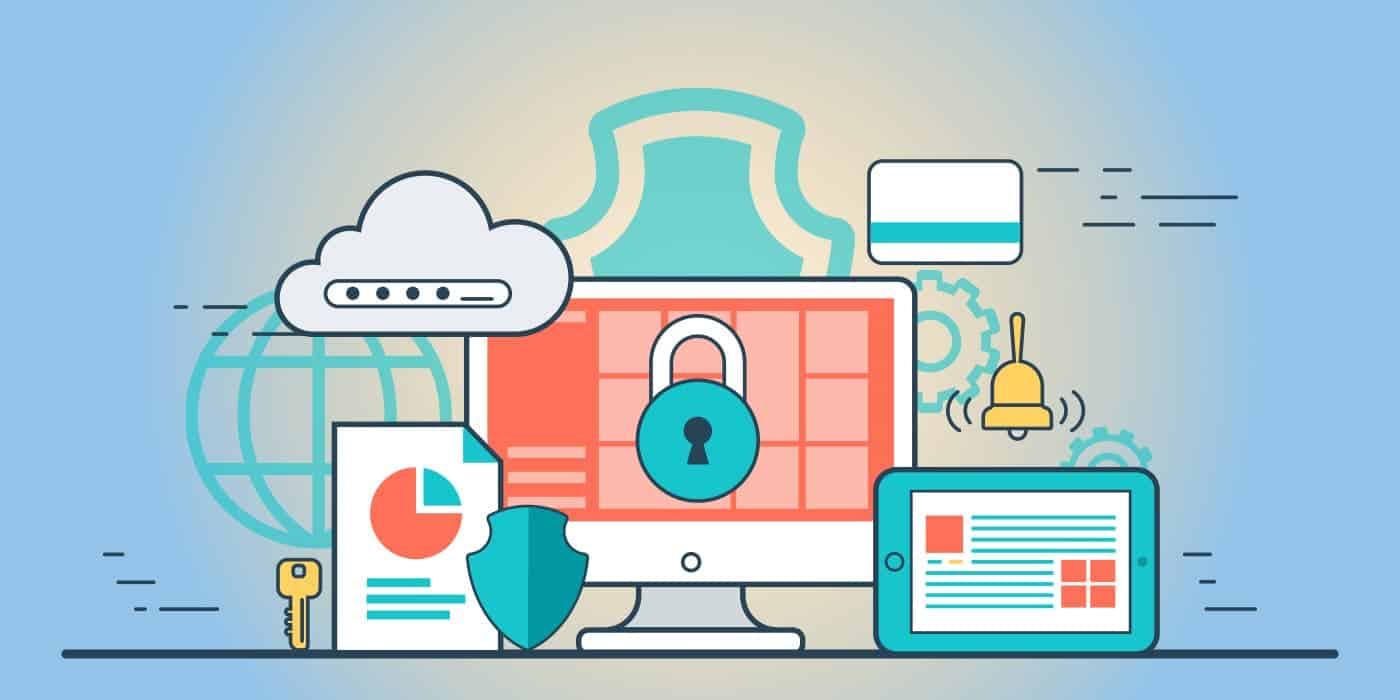
Cost of Software Usage Agreements (Licenses)
Understanding the factors influencing license costs is crucial for effective software agreement (license) management.
Factors influencing license costs: License costs can vary based on the type of license, type of software, and pricing model. Factors such as the number of users, devices, and the chosen deployment method also impact license costs.
Perpetual licenses vs. subscription plans: Perpetual licenses grant users the right to use the software indefinitely, while subscription plans provide access for a specified period. Each option has different cost structures and considerations.
Variation in costs based on users, devices, and deployment method: License costs often differ based on the number of users, devices, and the chosen deployment method (e.g., on-premises or cloud-based). Organizations must consider these factors when managing software usage agreements (licenses).
Challenges of tracking licenses and costs across different platforms: Tracking licenses and costs can be challenging, especially in complex IT environments that encompass multiple platforms and applications. Adopting effective software asset management tools helps organizations overcome these challenges.
Contents of a Software Usage Agreement
Software usage agreements typically include several key components that govern the relationship between developers/vendors and users.
Basic information about the parties involved: License agreements include details about the parties involved, such as the software developer/vendor and the user. This information establishes the legal framework for the agreement.
Conditions, charges, and duration of the agreement: License agreements outline the conditions, charges, and duration of the agreement, including any subscription or maintenance fees and the duration of the license.
Permissions, limitations, and user rights: Agreements define the permissions granted to users, any limitations or restrictions on use, and the rights users have regarding the software.
Performance guarantees and maintenance/support: License agreements often include performance guarantees, ensuring that the software meets specified criteria. Maintenance and support provisions may also be outlined to address software updates and technical assistance.
Number of eligible users and devices: Some licenses have limitations on the number of users or devices covered. The agreement specifies these limitations to ensure compliance.
Transferability and exclusivity of the license: License agreements may address the transferability of licenses and whether they are exclusive to a specific user or organization.
Governing law and jurisdiction: To provide legal clarity, license agreements include provisions specifying the governing law and jurisdiction, as well as intellectual property law in case of disputes.

Software Authorization and the Pandemic
The COVID-19 pandemic has presented unique challenges for software authorization.
Challenges faced during the COVID-19 pandemic: The sudden shift to remote work and increased reliance on digital tools created challenges for software authorization. Organizations had to adapt their licensing strategies to accommodate remote work environments effectively.
Increased demand for software authorizations in remote work environments: The remote work trend led to a surge in demand for software usage agreements that support collaboration, communication, and productivity in decentralized settings.
Creative approaches to software authorization: In response to the pandemic, some software vendors adopted function-based licenses or shared license models. These innovative approaches allowed organizations to optimize their software usage and adapt to new working conditions.
Update Your Software Usage Agreement (Licenses) Regularly
To stay compliant and leverage the full benefits of software usage agreements, regular updates are crucial.
Importance of proactive measures: Rather than waiting for audits or legal actions, organizations should proactively implement best practices for software agreement compliance. By doing so, they can prevent compliance issues from arising.
Encouragement to implement best practices: Implementing the best practices outlined in this guide is strongly encouraged. By doing so, organizations can navigate software usage agreements effectively, maximize their compliance status, and optimize their software usage.
Demand for intellectual property lawyers: With the increasing importance of intellectual property rights, the demand for intellectual property lawyers continues to grow. These professionals play a vital role in safeguarding intangible assets and guiding organizations through compliance challenges. Intellectual property law offers opportunities in various sectors, making it an attractive field for aspiring legal professionals.
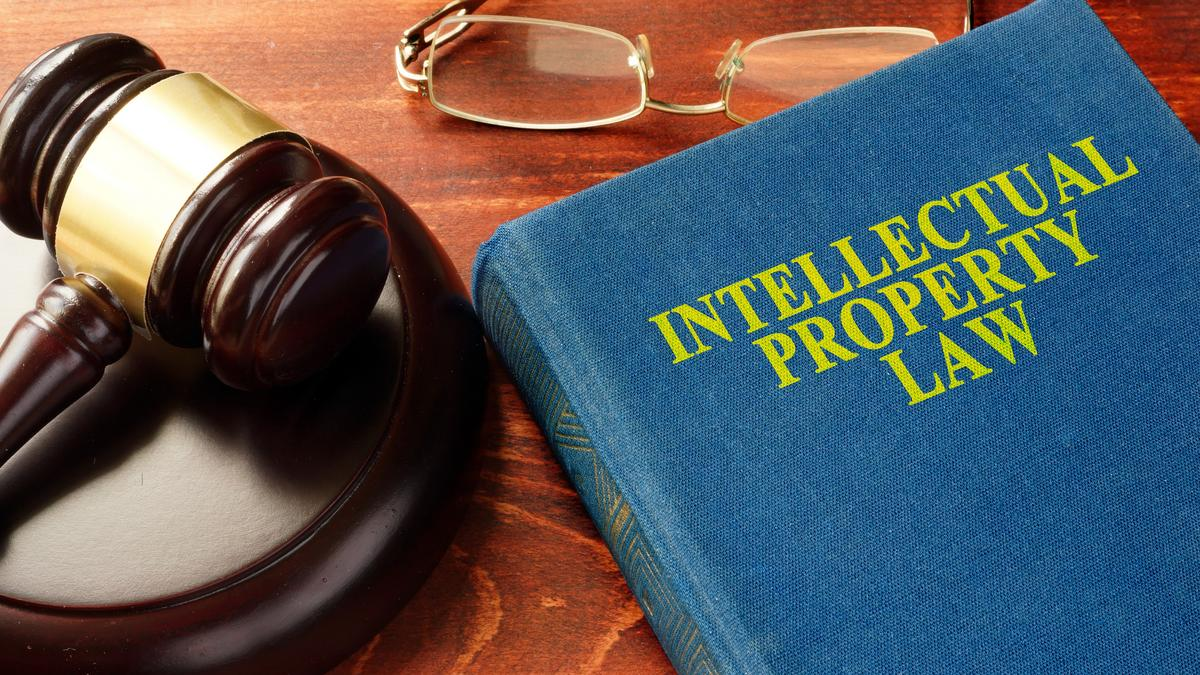
Conclusion
Compliance with software usage agreements is a critical aspect of effective software management. By understanding software licenses, adhering to compliance requirements, and optimizing license usage, organizations can avoid fines, reduce wasted spending, and protect their valuable intellectual property.
Exploring software agreement management tools and consulting with intellectual property lawyers can help organizations make informed decisions and ensure long-term compliance. Embracing software usage agreement compliance is not only a legal obligation but also a pathway to maximizing efficiency and protecting intangible assets.
FAQs
What is in a software usage agreement?
A software usage agreement (license) typically includes various components that define the rights and responsibilities of both the software developer/vendor and the user. It outlines the terms and conditions for the use, distribution, and modification of the software. This may include limitations on the number of installations, duration of use, restrictions on copying or modifying the code, and any specific obligations or requirements for the user.
What is an example of licensed software?
An example of licensed software is Microsoft Office. When a user purchases a license for Microsoft Office, they are granted the legal right to install and use the software on their device. The license agreement specifies the number of devices on which the software can be installed, the permitted uses, and any restrictions on copying, modifying, or sharing the software.
What is a software authorization model?
A software authorization model refers to the framework or structure by which software is licensed and distributed. Different licensing models determine the terms, pricing, and usage rights for the software. For example, perpetual licenses grant users the right to use the software indefinitely after a one-time payment, while subscription-based licenses provide access to the software for a specific period, typically requiring recurring payments. Open source licenses, on the other hand, allow users to freely access, modify, and distribute the software’s source code.
What is SaaS vs licenses?
SaaS (Software as a Service) is a software delivery model where users access software applications over the internet on a subscription basis. Instead of purchasing and installing software licenses on their infrastructure, users access the software remotely through the provider’s servers. The provider manages the software, including updates, maintenance, and security. In contrast, the traditional licensing model involves users acquiring a license to install and use the software on their infrastructure, typically requiring upfront payments and potentially additional costs for maintenance and support.
What do you mean by intellectual property?
Intellectual property refers to legal rights and protections for creations of the human mind, such as inventions, artistic works, trademarks, and trade secrets. It grants exclusive rights to creators and inventors, encouraging innovation and creativity. By safeguarding intellectual creations, intellectual property laws incentivize their development, ensure fair competition, and promote economic growth.



